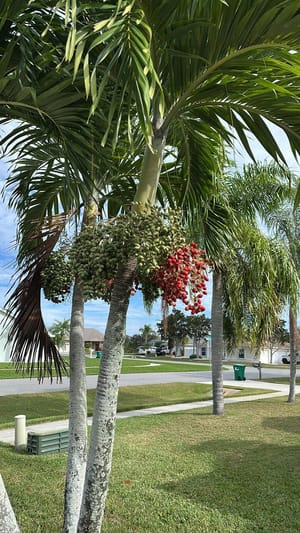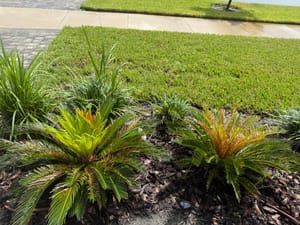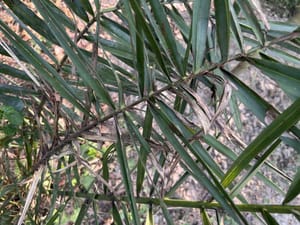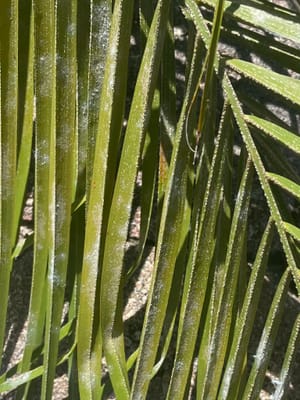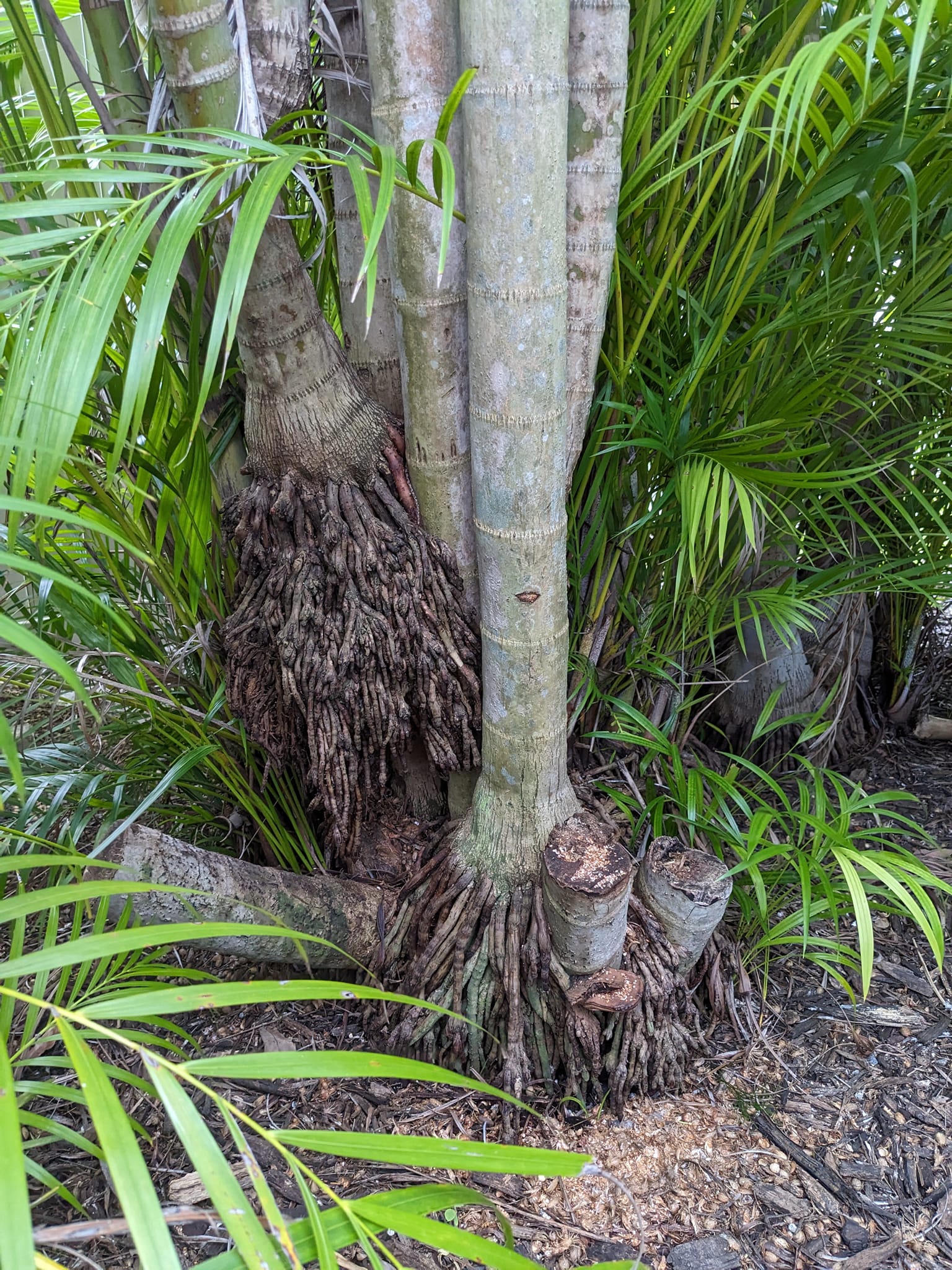
There are many types of Areca palm. Some of these are small sized and some are tall enough that can only be grown outdoors.
But the root structure is the same for all the Areca palms.
If you have ever noticed Areca palm roots out of the ground then do not worry as it's widespread to see for this plant. These types of roots are also known as adventitious roots.
So what to do if you find adventitious roots in your Areca palm?
Areca palm roots can sometimes protrude out of the ground.
Take a closer look at the roots and look for anything that is suspicious.
Like in the cover picture of this post, you can see a brown mushroom-like couch at the base of the roots. That is a sure sign of butt rot.
That means the palm is infected with Ganoderma Zonatum. Unfortunately, she's a goner.
But if you can't see anything unusual that means your palm is absolutely fine.
In that case, you don't have to do anything with the adventitious roots at all.
Take a look at the below picture of Areca palm which is grown poolside.
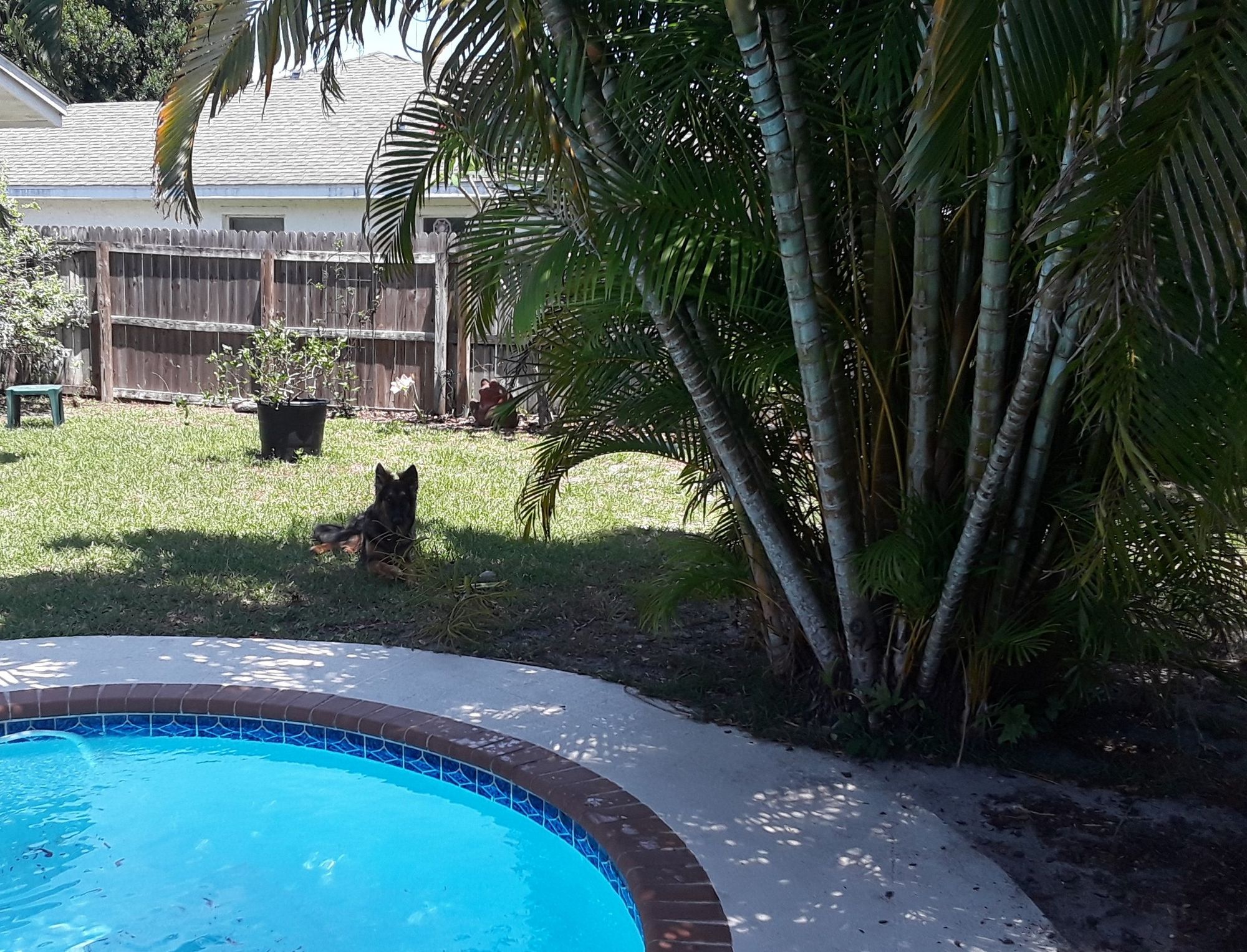
Replanting
If your palm tree is not tall enough and the roots are exposed due to soil erosion or other factors then try to replant it. (Make sure you plant it at a proper depth so that the roots are covered with soil)
Prune Excess Growth

I don't recommend this to anyone because roots are very essential part of a plant. Consider pruning the roots with a sharp knife if you find extremely excess growth of the roots out of the ground.
It will be better if you can apply mulch around the roots to cover the roots.
If your palm is fine and healthy then avoid doing anything to your Areca palm. Leave it as it is.

